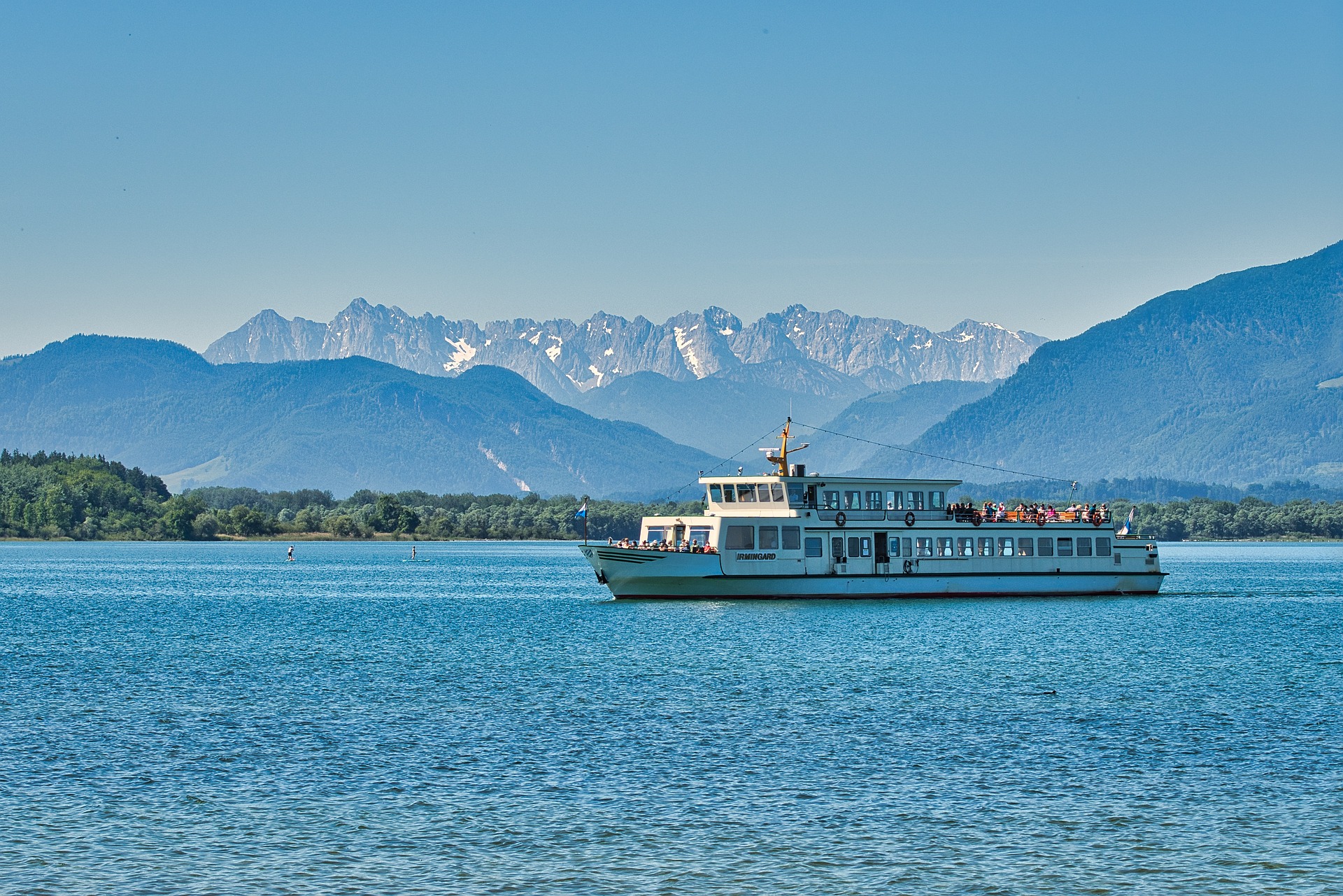Discovering the Ancient Silk Road: A Modern Explorer's Guide
In the annals of human history, few routes have been as influential as the Silk Road, an ancient network of trade paths that connected the East and West. This sprawling web of commerce, ideas, and cultures has seen empires rise and fall, fostering unprecedented exchanges of goods and philosophies. Today, the Silk Road's legacy lives on, offering modern travelers a journey unlike any other.

Retracing the Steps of History
The Silk Road, a term coined by geographer Ferdinand von Richthofen in the 19th century, is not a single path but a complex network of trade routes. Originating from China, it branched out across the continents of Asia, Europe, and Africa, covering over 4,000 miles. From the 2nd century BC to the 18th century, it served as a critical conduit for goods such as silk, spices, precious stones, and even cultural and scientific knowledge.
Modern-Day Expeditions
Today, many intrepid explorers are replete with the desire to experience the Silk Road’s magic, albeit with modern conveniences. The route’s contemporary appeal lies in its plethora of unique experiences, ranging from the architectural grandeur of Samarkand’s Registan Square and the bustling markets of Kashgar, to the tranquil beauty of Lake Issyk-Kul in Kyrgyzstan.
Advantages and Challenges of Silk Road Travel
Traveling the Silk Road is an experience steeped in history and cultural immersion. It offers the chance to explore lesser-known destinations, sample exotic cuisines, and interact with diverse cultures. However, it also presents challenges - language barriers, varying travel infrastructures, and complex visa requirements can make the journey daunting. Despite these challenges, the enriching experiences and knowledge gained far outweigh the obstacles.
Impact on Travelers
The Silk Road journey is transformative, fostering a deeper appreciation for cultural diversity and historical continuity. It pushes travelers outside their comfort zone, encourages self-discovery, and instills a sense of global citizenship.
Journey Highlights
-
The Terracotta Army in Xi’an, China: An archaeological marvel showcasing the grandeur of ancient Chinese civilization.
-
The Karakoram Highway: A breathtaking drive through towering mountains and rural villages, connecting Pakistan and China.
-
Bukhara, Uzbekistan: A city brimming with architectural wonders from the Samanid era.
-
The Caspian Sea: The world’s largest inland body of water, offering scenic beauty and vibrant biodiversity.
In conclusion, the Silk Road is more than just a historical trade route. It’s a testament to human resilience, ingenuity, and the timeless urge to explore. As modern travelers, we can learn much from this ancient path, appreciating not only its historical significance but also its continued relevance in today’s interconnected world. Embarking on this journey is a step towards understanding our shared heritage, experiencing the diversity of human cultures, and ultimately, broadening our horizons.




